Why Incline Matters in Indoor Cycling
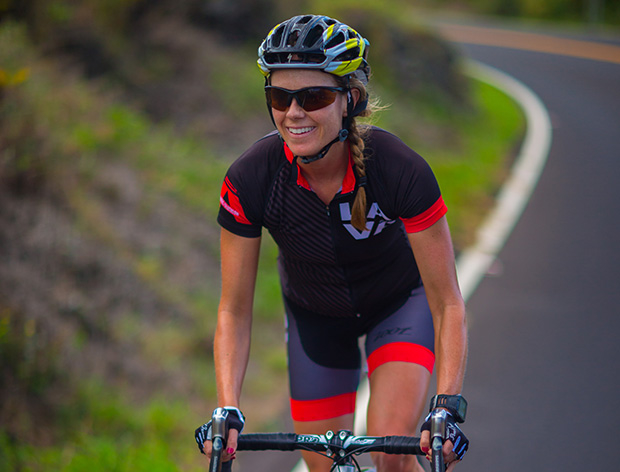
Incline is mostly a Wahoo feature. You get it with the KICKR Bike and the KICKR Climb. You don’t get it with the KICKR ROLLR and while I really like the ROLLR that’s one drawback of that platform. You don’t get incline with the Stages Bike or the Tacx NEO Bike and I really like those smart bikes. Just, you have to be okay not having the bike rise and fall as a course rises and falls (whether in Zwift or any other game).
You might not consider this a feature worth having, especially if your stationary riding consists mostly (or only) of structured training. But incline is more than just saturating the gaming experience with a colorful gimmick. Incline informs your fit coordinates – where your contact points are in space – and that’s especially the case with gravel and even more so in road.
Let’s talk about why that is, and why having that feature available to you indoors is helpful. This requires a short reminder of what we teach in our bike fit school. As you’ll remember we started the “dynamic bike fit” motif used by most of the better known fit protocols today. It’s important to us that fit coordinates be established as you’re pedaling the bike, as opposed to determining bike position simply by measuring limbs and torso. Part of riding for many or most of you includes going up and down hills and – especially on a road bike – this means getting out of the saddle. A road position developed entirely while the bike is level cannot anticipate this. For this reason I like my fit bikes to have some sort of mechanism for incline which I absolutely – and always – use during a road bike fit session. If the fit bike doesn’t come with incline I always build my own incline table for that fit bike.
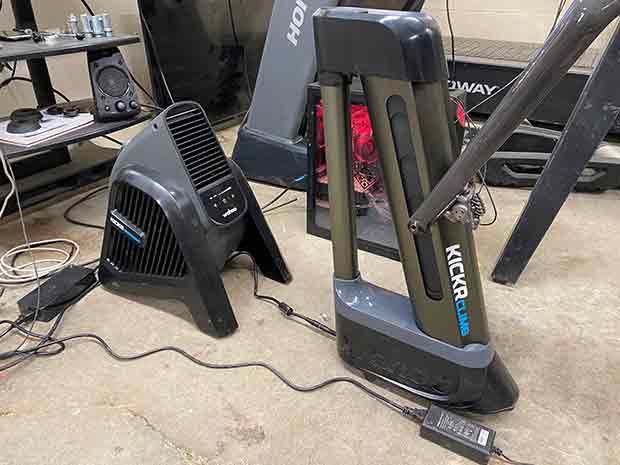
How does incline change bike position? The most effective way to ride out of the saddle is to keep your weight balanced over the crank. Once I incline a fit bike and ask a subject to ride with hands on hoods out of the saddle this almost always stretches the cockpit, that is, the rider wants the handlebars a little more in front of the bottom bracket. The steeper the hill, the more forward the handlebars need to be in order to balance over the crank. Perhaps one day we’ll have bikes with motorized cockpits, that automatically expand and retract as the pitch of the road changes. But for now we choose a cockpit length that satisfies most of the riding we anticipate.
Once you level the bike after this incline exercise the cockpit now feels too long. So you pull the cockpit back some. This process is why fit bikes are so important in bike fit. Finding that happy medium, where the bike is comfortable (you’re not overstretched) on the flats, while allowing you to balance when out of the saddle on a climb, is the art of bike fit. If you look at the image below, this is stock footage showing how a KICKR BIKE inclines. In my opinion, that cockpit is too short for that bike on a hill that steep. This is the push-pull of incline. You’ll live with a cockpit too short for a 12 percent grade to get a cockpit just right on a 7 percent grade, because a proper cockpit for that steeper grade means a cockpit too long when you’re riding on the flats.
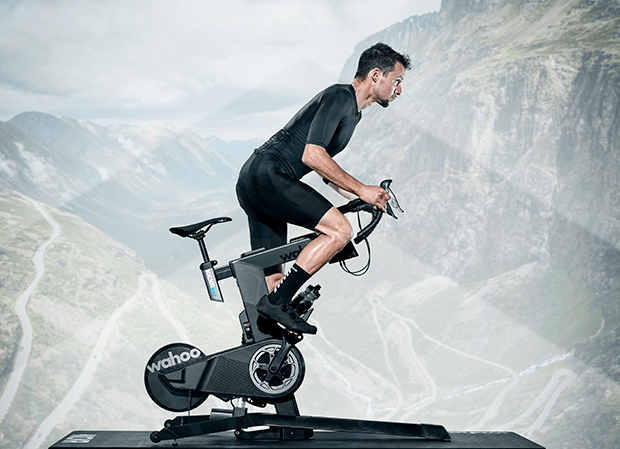
Why does that process matter when cycling indoors? Reason #1 is specificity. If you expect your indoor cycling to help prepare you for outdoor cycling then the habit of riding out of the saddle is helpful. Riding seated, hands on hoods or drops, bike level, is only tangentially analogous to riding out of the saddle on a climb. The only way to prepare for that is to do that, and you can’t really do it indoors on a bike that doesn’t incline (unless your smart bike or trainer is positioned so that it’s always on an incline).
Reason #2 is, as we discussed, fit. This process of bike level, bike inclined, back and forth, is analogous to road riding, so the bike fit coordinates on your stationary trainer are directly transferable to your outdoor bike. It’s not just the fit coordinates, but saddle tilt and the ergonomics of the hoods and the bars.
If you ride a tri bike position for your indoor training, sorry! What you read above is 5 minutes of time you’ll never get back. I don’t believe incline is much of a factor in tri position. It is, perhaps, when considering where to place the pursuit bars. Decline as well. Pursuits are where you’ll be when you’re going down a hill, maybe going up a hill, braking and around corners. All the other time is spent in the aero position. Personally – and I’m in the minority here – I believe that the best way to ascend on a tri bike is to remain in the aero position and spin up the hill. In this case, the position doesn’t change – the cockpit doesn’t expand in length – when you ride up a hill. So, if you’re tri bike riding indoors, it’s okay to save your money and not invest in an incliner. Mind, there’s nothing negative or incompatible about an incliner with a tri bike set up, it’s just that it’s not going to affect your bike position or training specificity nearly as much as an incliner used with a road bike set up.
But if you ride a road bike when cycling indoors, incline is a bigger deal.


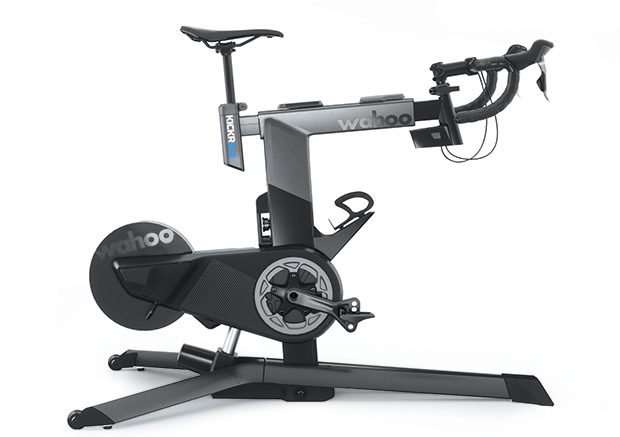
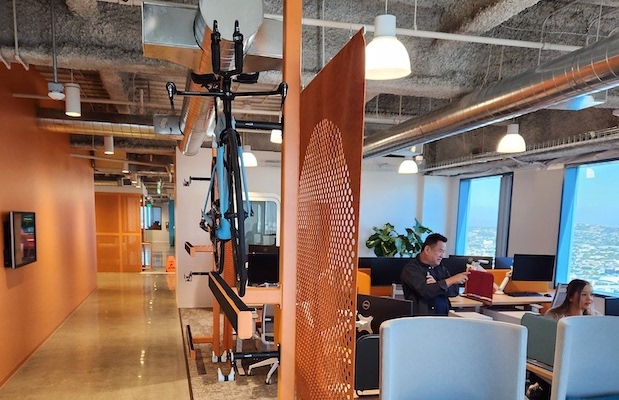
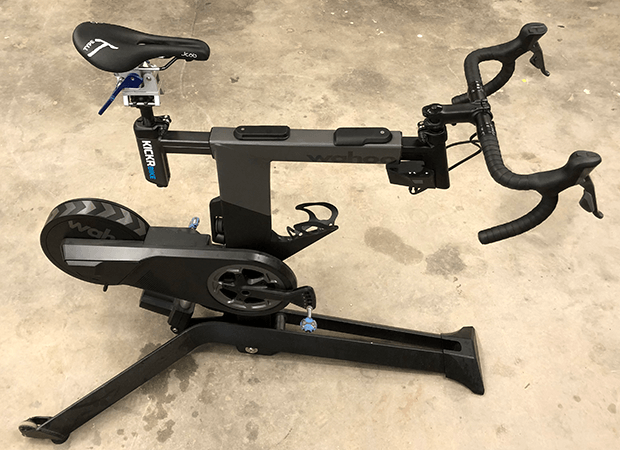
Start the discussion at slowtwitch.northend.network